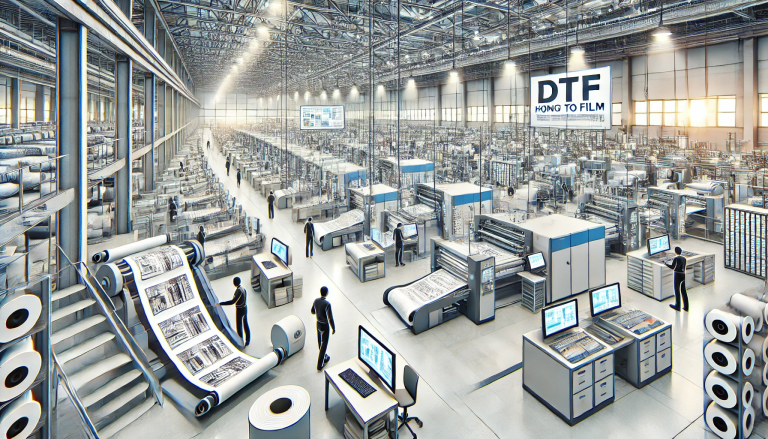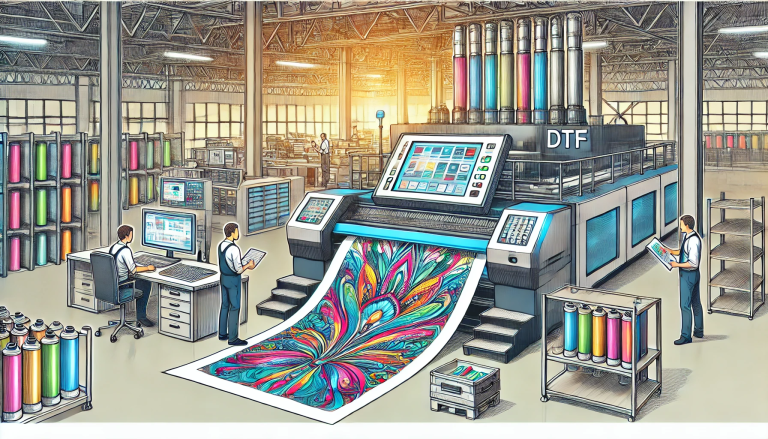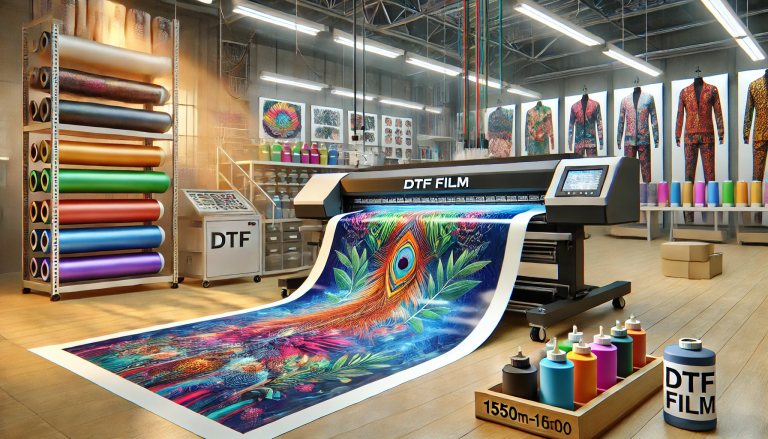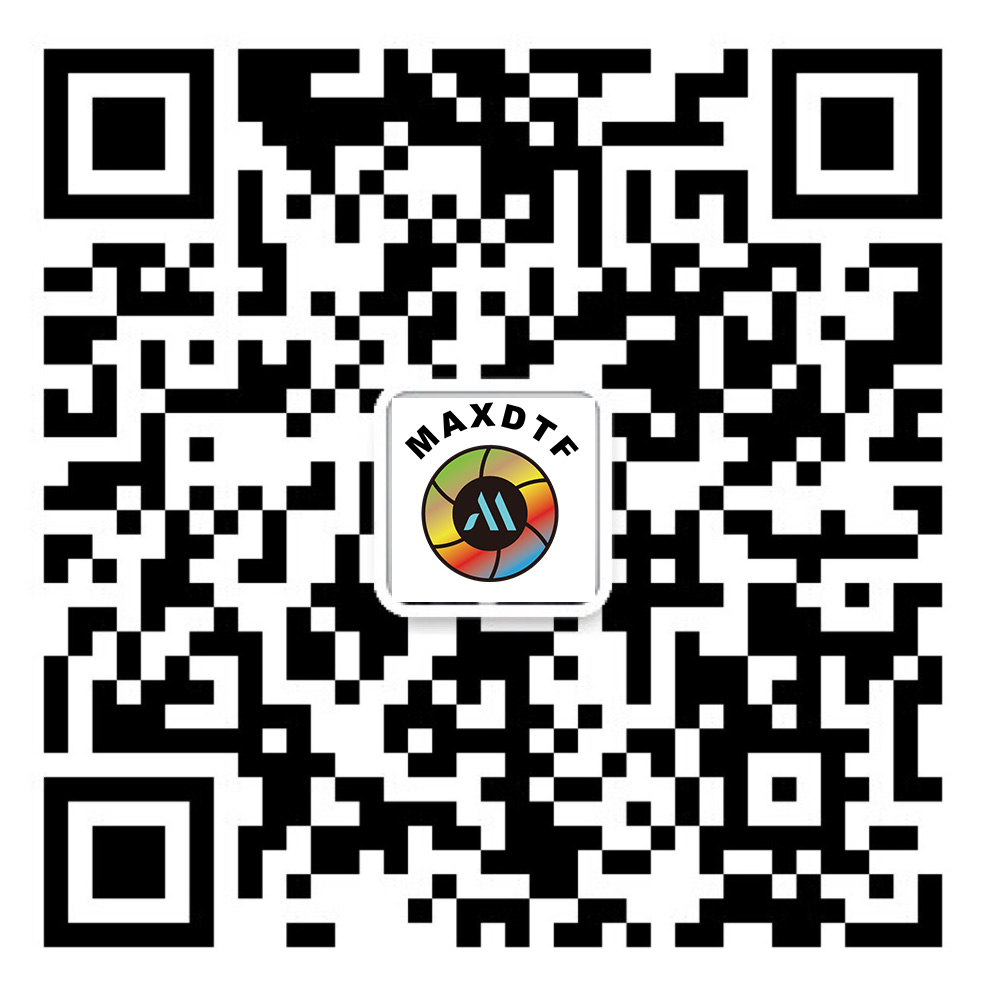“Bring your memories to life with A3 DTF Film Transfer – the ultimate way to preserve your treasured moments!” -MAXDTF- DTF Warm peel Manufacturer, PET Film DTF A3 Supplier, Made in china
The A3 DTF (Direct-to-Film) transfer process is a specialized method of printing used in the textile and garment decoration industry. DTF, which stands for “Direct-to-Film,” is a versatile and innovative printing technique that has gained popularity for its flexibility, quality, and efficiency in producing high-quality prints on various materials, including textiles.
What is DTF Film?
DTF film is a type of intermediate carrier film used in the DTF printing process. The film acts as a temporary medium to hold the ink before it is transferred onto the desired substrate, such as fabric, t-shirts, or other materials. The film is coated with a special layer that allows for precise ink adhesion and transfer. DTF films are typically designed for A3-sized printers, which are commonly used for medium to large-scale printing projects.
How Does the A3 DTF Film Transfer Process Work?
The A3 DTF film transfer process involves several steps to achieve high-quality, durable prints on fabrics:
- Design and Printing: The first step is to create the desired design using graphic design software. The design is then printed onto the A3-sized DTF film using a specialized DTF printer. This printer uses water-based or sublimation inks, which are ideal for textile printing.
- Ink Drying: After printing, the ink needs to be dried. This is typically done using a heat press or an oven to remove any moisture from the ink, ensuring a smooth and durable finish.
- Transfer and Adhesion: The printed DTF film is then placed onto the fabric or material to be printed. A heat press is used to apply heat and pressure, melting a special adhesive layer on the film. This adhesive layer bonds the ink to the fabric, ensuring a long-lasting, vibrant print.
- Film Removal: Once the transfer is complete, the DTF film is peeled away, leaving the ink securely adhered to the fabric. The result is a high-quality, full-color print that is durable and resistant to fading.
Advantages of A3 DTF Film Transfer
The A3 DTF film transfer process offers several advantages over traditional printing methods:
- Versatility: DTF printing can be used on a wide range of fabrics, including cotton, polyester, nylon, and blends. This makes it suitable for a variety of applications, from apparel to promotional materials.
- High-Quality Prints: The prints produced using the DTF method are vibrant, detailed, and long-lasting. The use of water-based inks ensures that the prints remain soft to the touch, even after multiple washes.
- Cost-Effective: For medium to large-scale printing projects, DTF film transfer is a cost-effective solution. The A3-sized DTF films are affordable and efficient for producing high-quality prints in bulk.
- Eco-Friendly: Many DTF inks are water-based, making the process more environmentally friendly compared to traditional solvent-based printing methods.
Applications of A3 DTF Film Transfer
The A3 DTF film transfer process is widely used in various industries, including:
- Apparel: T-shirts, hoodies, sportswear, and custom clothing.
- Promotional Items: Bags, hats, and other promotional products.
- Home Decor: Cushion covers, curtains, and fabric wall art.
- Technical Textiles: Uniforms, safety gear, and industrial clothing.
Conclusion
The A3 DTF film transfer process is a cutting-edge printing technique that combines versatility, quality, and efficiency. It offers a reliable and cost-effective solution for producing high-quality prints on a wide range of fabrics. Whether you’re a small business owner, a designer, or an entrepreneur, the A3 DTF film transfer process can help you achieve stunning results for your textile printing projects.
